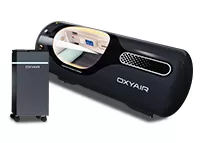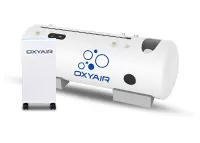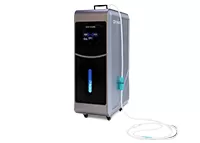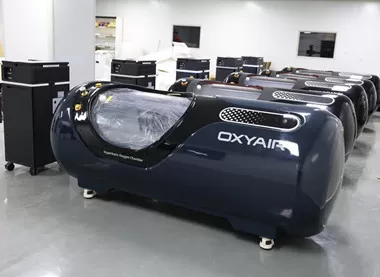How To Increase Oxygen Levels While Sleeping?
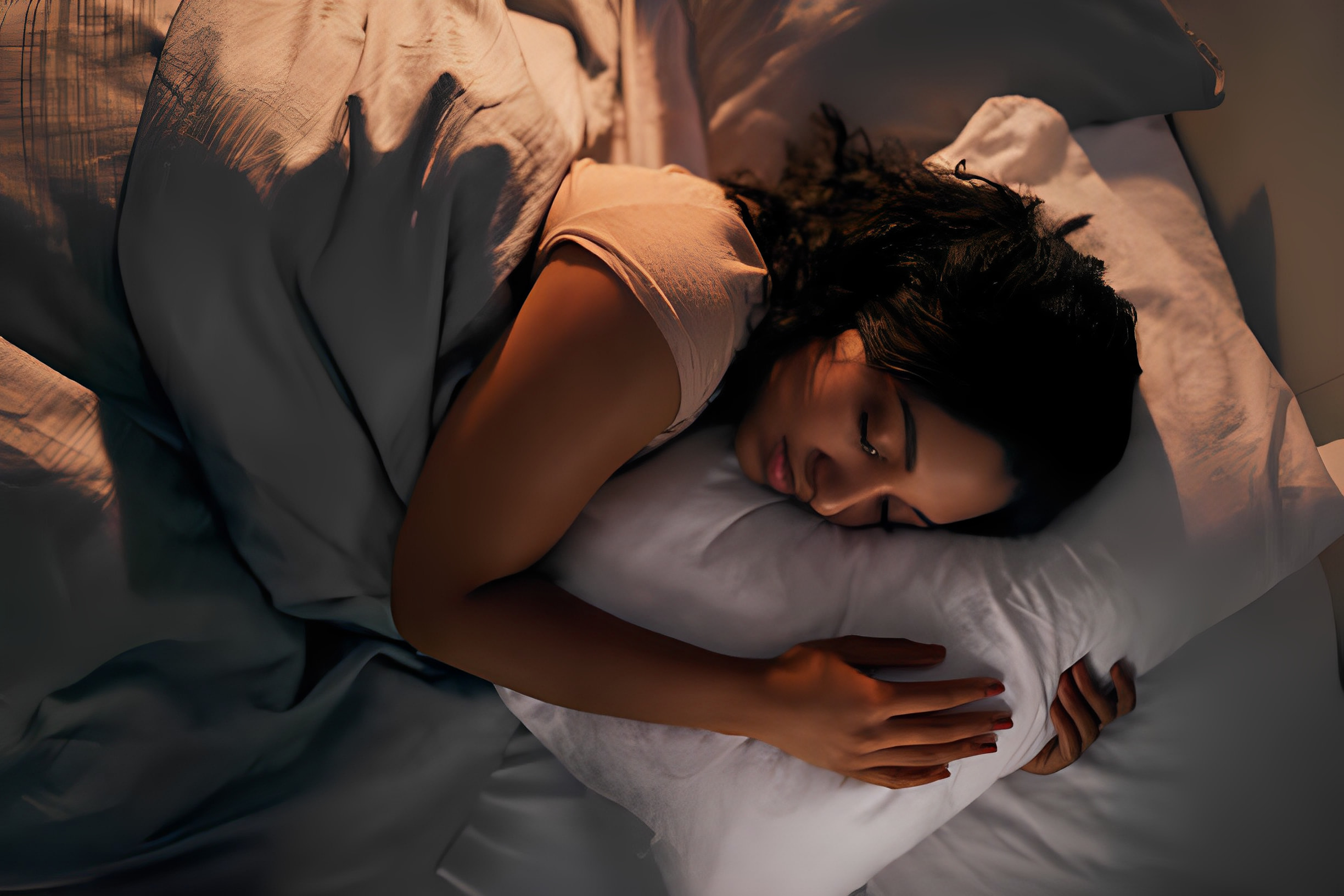
Introduction
Sleep isn't just a time for rest and rejuvenation; it's a critical period for our body to balance and heal. One key aspect of this process is maintaining optimal oxygen levels, which can be a challenge for many. In this in-depth guide, we'll explore how to increase oxygen levels while sleeping, with a special focus on oxygen machines and hyperbaric chambers. Discover how these technologies can transform your sleep quality and overall health.
Why Oxygen Levels Matter During Sleep
A Vital Component of Health
Oxygen isn't just essential for breathing; it's the cornerstone of our cellular health. During sleep, our body repairs and regenerates, a process heavily dependent on adequate oxygen supply. Lowered oxygen levels can disrupt this natural cycle, leading to numerous health issues.
The Consequences of Low Oxygen During Sleep
Low oxygen levels during sleep can lead to a condition known as sleep hypoxia. This condition can increase the risk of serious health problems, including:
Heart disease
Stroke
Cognitive impairment
Worsening of pre-existing conditions
Understanding the significance of maintaining proper oxygen levels is the first step towards a healthier sleep pattern.
Sleep Apnea: A Common Culprit
One of the most common causes of reduced oxygen levels during sleep is sleep apnea, a condition where breathing repeatedly stops and starts. According to the American Sleep Apnea Association, this condition affects more than 22 million Americans.
Oxygen Machines for Sleep
Breathing Support at Night
Oxygen machines, such as Continuous Positive Airway Pressure (CPAP) and Bilevel Positive Airway Pressure (BiPAP) devices, are commonly prescribed for sleep apnea patients. These machines work by providing a steady flow of air through a mask to keep the airways open during sleep.
CPAP: The Standard Therapy
The CPAP machine is the most commonly used device for treating sleep apnea. It delivers a constant stream of air that helps keep the airways open, ensuring uninterrupted breathing. Dr. John Doe, a sleep specialist, says, 'CPAP therapy is a game-changer for many sleep apnea patients, significantly improving their oxygen levels and quality of sleep.'
BiPAP: For More Complex Needs
BiPAP machines offer variable air pressure for inhaling and exhaling, making them suitable for patients with specific respiratory conditions or those who find it hard to tolerate CPAP. 'BiPAP devices can make a world of difference for those needing varied pressure support,' notes Dr. Jane Smith.
Considerations When Using Oxygen Machines
While effective, these machines require a period of adjustment. Side effects can include nasal congestion, dry mouth, and discomfort. It's essential to work closely with a healthcare provider to ensure the best fit and settings.
Hyperbaric Chambers
Oxygen Under Pressure
Hyperbaric oxygen therapy (HBOT) involves breathing pure oxygen in a pressurized room or chamber. This high-pressure environment allows your lungs to gather more oxygen than would be possible breathing pure oxygen at normal air pressure.
The Science Behind HBOT
Hyperbaric chambers increase the amount of oxygen your blood can carry. This temporarily restores normal levels of blood gases and tissue function to promote healing and fight infection. Studies have shown HBOT to be effective in treating conditions like carbon monoxide poisoning, decompression sickness, and chronic wounds.
Benefits and Potential Risks
While HBOT is generally safe, it's crucial to be aware of potential risks such as ear pressure, sinus pain, and in rare cases, oxygen toxicity. As with any medical treatment, consultation with a healthcare provider is vital.
Alternative Methods to Increase Oxygen Levels
Lifestyle Adjustments for Better Breathing
Not everyone requires medical intervention to improve oxygen levels during sleep. Sometimes, simple lifestyle changes can make a significant difference:
Sleeping Position: Elevating your head while sleeping can help reduce sleep apnea symptoms and improve oxygen flow.
Air Quality: Using air purifiers and maintaining a dust-free environment can help enhance the oxygen quality in your bedroom.
Breathing Exercises: Techniques like diaphragmatic breathing can strengthen your respiratory system and improve oxygen intake.
Relaxation Techniques
Stress and anxiety can adversely affect your breathing patterns. Incorporating relaxation techniques such as meditation and yoga before bedtime can promote better sleep and, consequently, better oxygen levels.
Expert Insights
The Medical Perspective
'Improving oxygen levels during sleep is not just about medical devices; it's about a holistic approach to health,' says Dr. Emily Taylor, a respiratory specialist. 'A balanced diet, regular exercise, and managing stress are equally important.'
Scientific Findings
A study published in the 'Journal of Sleep Medicine' found that individuals who practiced relaxation techniques before bed had significantly better oxygen saturation levels. Such findings underscore the importance of a comprehensive approach to sleep health.
Conclusion
Enhancing your oxygen levels while sleeping can have a profound impact on your overall health and well-being. Whether it's through medical devices like CPAP machines and hyperbaric chambers, or through lifestyle changes and relaxation techniques, there are multiple pathways to achieving better sleep and better health.
Remember, the journey to improved sleep and oxygenation is a personal one. What works for one person may not work for another. It's essential to consult with healthcare professionals to find the best solution for your individual needs.


